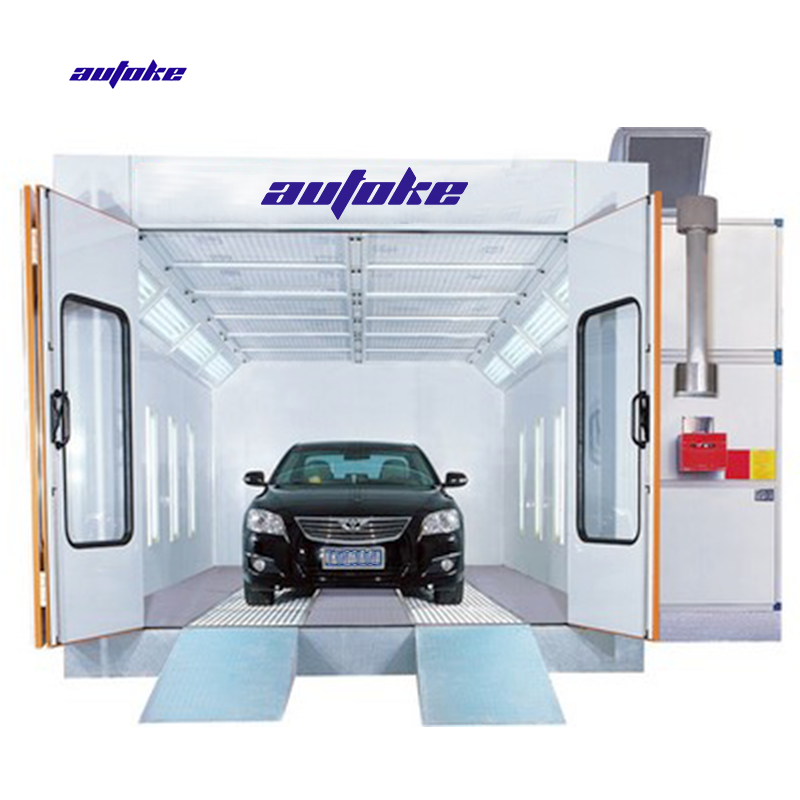Moisture control in buildings is a critical aspect of construction and maintenance that directly impacts structural integrity, indoor air quality, and occupant health. Excess moisture can lead to a myriad of problems, including mold growth, wood rot, and corrosion of building materials. Therefore, understanding and implementing effective moisture control methods is paramount for architects, builders, and property managers alike. This article delves into two primary methods of controlling moisture in a building: ventilation and moisture barriers.
- Ventilation: The Breath of Fresh Air
Ventilation is a fundamental method for controlling moisture levels within a building. It involves the intentional exchange of indoor air with outdoor air to regulate humidity and improve air quality. There are two main types of ventilation: natural and mechanical.
1.1 Natural Ventilation
Natural ventilation relies on passive airflow through windows, doors, and vents. This method is particularly effective in climates where outdoor humidity levels are lower than indoor levels. The benefits of natural ventilation include:
- Energy Efficiency: By utilizing outdoor air, buildings can reduce reliance on mechanical cooling systems, leading to lower energy costs.
- Improved Indoor Air Quality: Fresh air circulation helps dilute indoor pollutants and allergens, promoting a healthier living environment.
However, natural ventilation is highly dependent on weather conditions and may not be sufficient in humid climates or during periods of stagnant air.
1.2 Mechanical Ventilation
Mechanical ventilation employs fans and duct systems to control airflow and humidity levels actively. This method can be further divided into two categories:
- Exhaust Ventilation: This system removes stale indoor air, creating a negative pressure that draws in fresh air from outside. It is particularly effective in areas with high moisture production, such as kitchens and bathrooms.
- Balanced Ventilation: This system introduces fresh air while simultaneously exhausting an equal amount of indoor air, maintaining pressure equilibrium. Balanced systems often incorporate heat recovery ventilators (HRVs) or energy recovery ventilators (ERVs) to enhance energy efficiency.
Mechanical ventilation systems can be designed to operate continuously or on-demand, providing flexibility in moisture control. However, they require regular maintenance to ensure optimal performance and prevent the buildup of contaminants.
- Moisture Barriers: The Shield Against Intrusion
Moisture barriers, also known as vapor barriers, are materials designed to prevent moisture from penetrating building assemblies. They are essential in both new construction and renovations, particularly in areas prone to high humidity or groundwater exposure. There are two primary types of moisture barriers: vapor retarders and waterproof membranes.
2.1 Vapor Retarders
Vapor retarders are materials that limit the diffusion of moisture vapor through walls, ceilings, and floors. They are typically installed on the warm side of insulation in colder climates to prevent condensation within wall assemblies. Common materials used as vapor retarders include polyethylene sheets and foil-faced insulation.
The effectiveness of vapor retarders is measured by their permeability rating, with lower ratings indicating better moisture resistance. Proper installation is crucial; any gaps or punctures can compromise the barrier's effectiveness.
2.2 Waterproof Membranes
Waterproof membranes provide a more robust defense against liquid water intrusion. These barriers are essential in areas exposed to high moisture levels, such as basements, foundations, and roofs. Waterproof membranes can be classified into two categories:
- Sheet Membranes: These are pre-manufactured sheets that are adhered to surfaces to create a continuous barrier. They are often used in below-grade applications to prevent groundwater infiltration.
- Liquid-Applied Membranes: These are applied as a liquid and cure to form a seamless, flexible barrier. They are ideal for irregular surfaces and can accommodate building movement.
The selection of the appropriate moisture barrier depends on the specific environmental conditions and building design. Proper installation and maintenance are vital to ensure long-term effectiveness.
Conclusion: A Holistic Approach to Moisture Control
In conclusion, effective moisture control in buildings is achieved through a combination of ventilation and moisture barriers. While ventilation promotes the circulation of fresh air and reduces indoor humidity, moisture barriers protect against external moisture intrusion. Both methods should be tailored to the specific needs of the building and its environment.

